Decarbonizing Transportation: Strategy Report
This is an archive of our deep dive on decarbonizing transportation in November 2023. For our most up-to-date research on the transportation sector, please see www.givinggreen.earth/research/reducing-transportation-emissions.
Summary
This report was last updated in November 2023.
- Emissions from aviation and maritime shipping: Currently, aviation and maritime shipping constitute 6% of global emissions. However, given the rate of demand increase paired with lagging decarbonization efforts, these sectors are projected to account for more than 30% of global emissions by 2050 if left unmitigated while other sectors decarbonize.
- Key technological interventions for decarbonization: Decarbonizing aviation and maritime shipping will require a suite of technological interventions, some of which are in the early stages of development. We think that alternative fuels, especially e-fuels, are technologies that could play an outsized role in decarbonizing these sectors. There are various options for alternative fuels, each with distinct challenges and limitations.
- Philanthropic strategies and funding need: Nonprofits have worked on decarbonizing aviation and maritime shipping by creating plans for decarbonization, analyzing the development of enabling technologies, advocating for stricter policies, forming coalitions to strengthen political will for reduced emissions, aligning policies and standards, and testing new technologies. They have also used legal action and communication strategies to increase public awareness and pressure industry, governments, and investors to take action. Based on our analysis, we find policy advocacy to be among the most viable philanthropic strategies. We also favorably consider strategies to conduct technical analysis to identify critical technical and market gaps, build coalitions, and mount legal pressure.
- Theories of change: Decarbonizing aviation and maritime shipping will require policies directly regulating sector emissions, policies promoting clean, alternative fuel development, and industry commitments to purchase alternative fuels and transition existing fleets. Based on our analysis of the readiness of the requisite technologies, the ambition levels of current policies, and the status of private sector commitments, we have higher confidence in the potential effectiveness of policy measures and lower confidence in voluntary industry commitments in the absence of policy.
- Key uncertainties and open questions: Our key uncertainties include our concern regarding overreliance on biofuels, our evaluation of the influence of international governance bodies, funding need, and the general feasibility of decarbonizing aviation.
- Bottom line / next steps: We think it is important to direct more philanthropic funding toward reducing emissions from aviation and maritime shipping, given the challenges of decarbonization, the low level of funding these sectors have received historically, and synergies with other critical pathways for reducing emissions (e.g., decarbonizing heavy industry). As part of our 2023 investigation into aviation and maritime shipping, we classified Opportunity Green and Clean Air Task Force as two of our top recommendations.
Support Our Work
Giving Green Fund
One fund. Global impact. One hundred percent of your gift supports a portfolio of high-impact climate organizations, vetted by our research.
Best for:
Donors who want the simplest way to impact multiple climate solutions.
Top Climate Nonprofits
Meet the organizations on Giving Green’s list of high-impact nonprofits working to decarbonize our future, identified through our rigorous research.
Best for:
Donors who want to give directly and independently.
Support Our Work
We thoroughly research climate initiatives so you can give with confidence. For every $1 we receive, our work unlocks another $21 for effective climate solutions.
Best for:
Donors who want to amplify their impact through research.
.png)
.png)

.png)
.png)

.png)
.png)


.png)







.png)




.png)
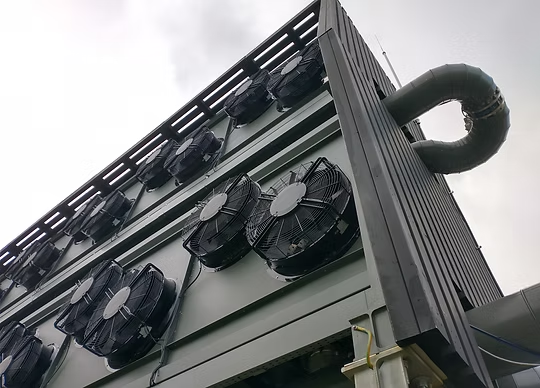


.png)
.png)


.png)


.png)



.png)

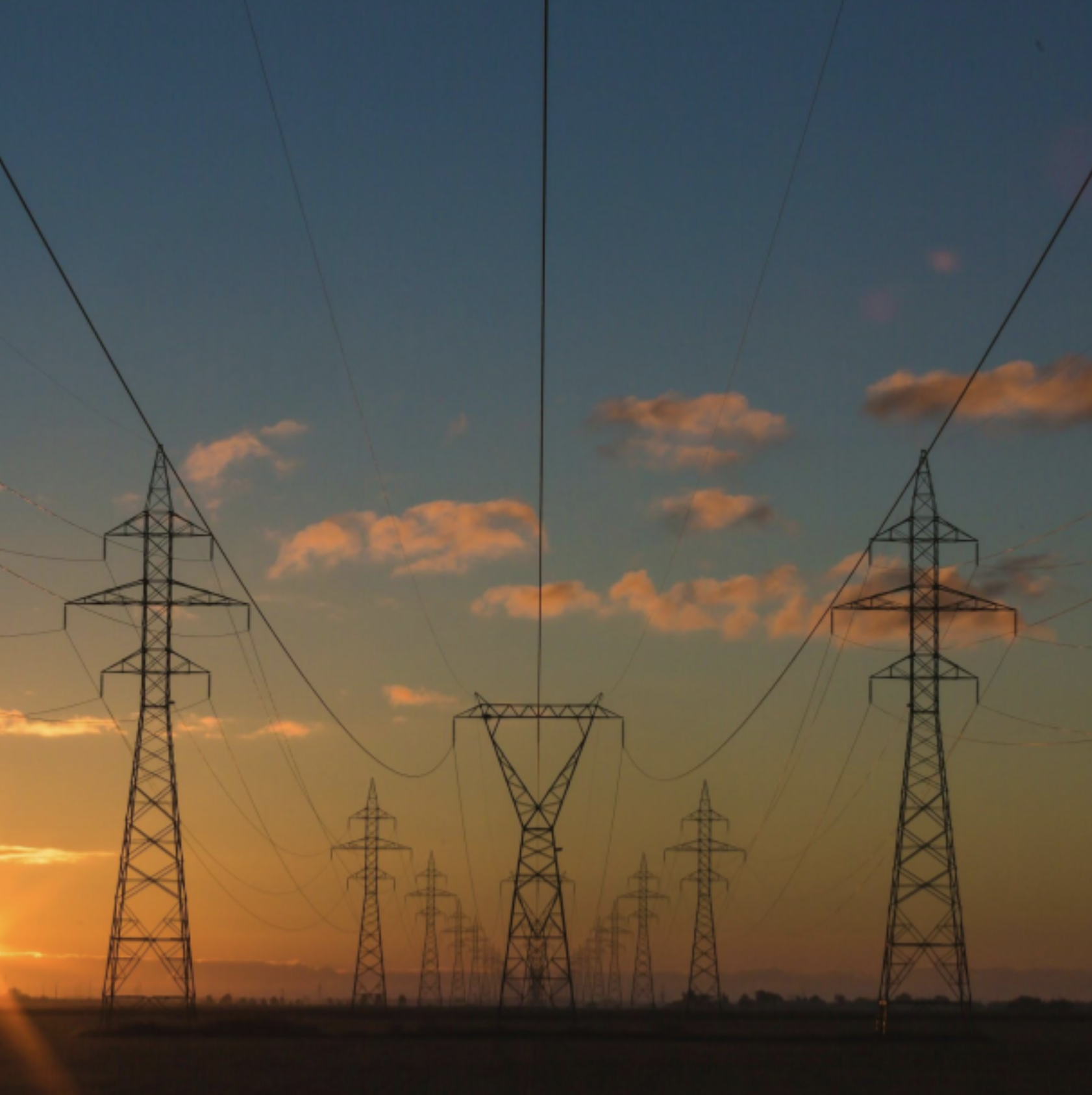
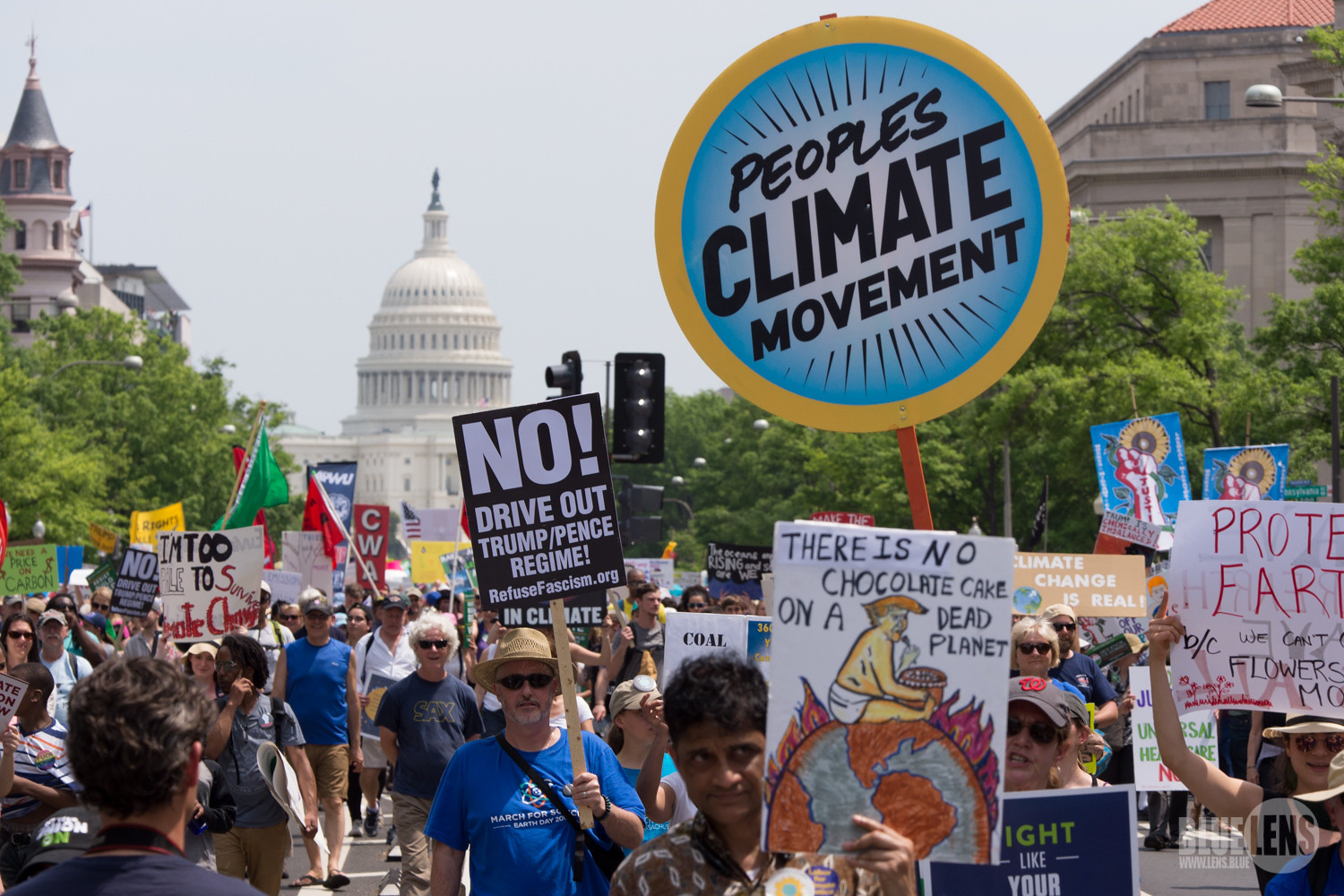

.jpg)



.png)
.png)


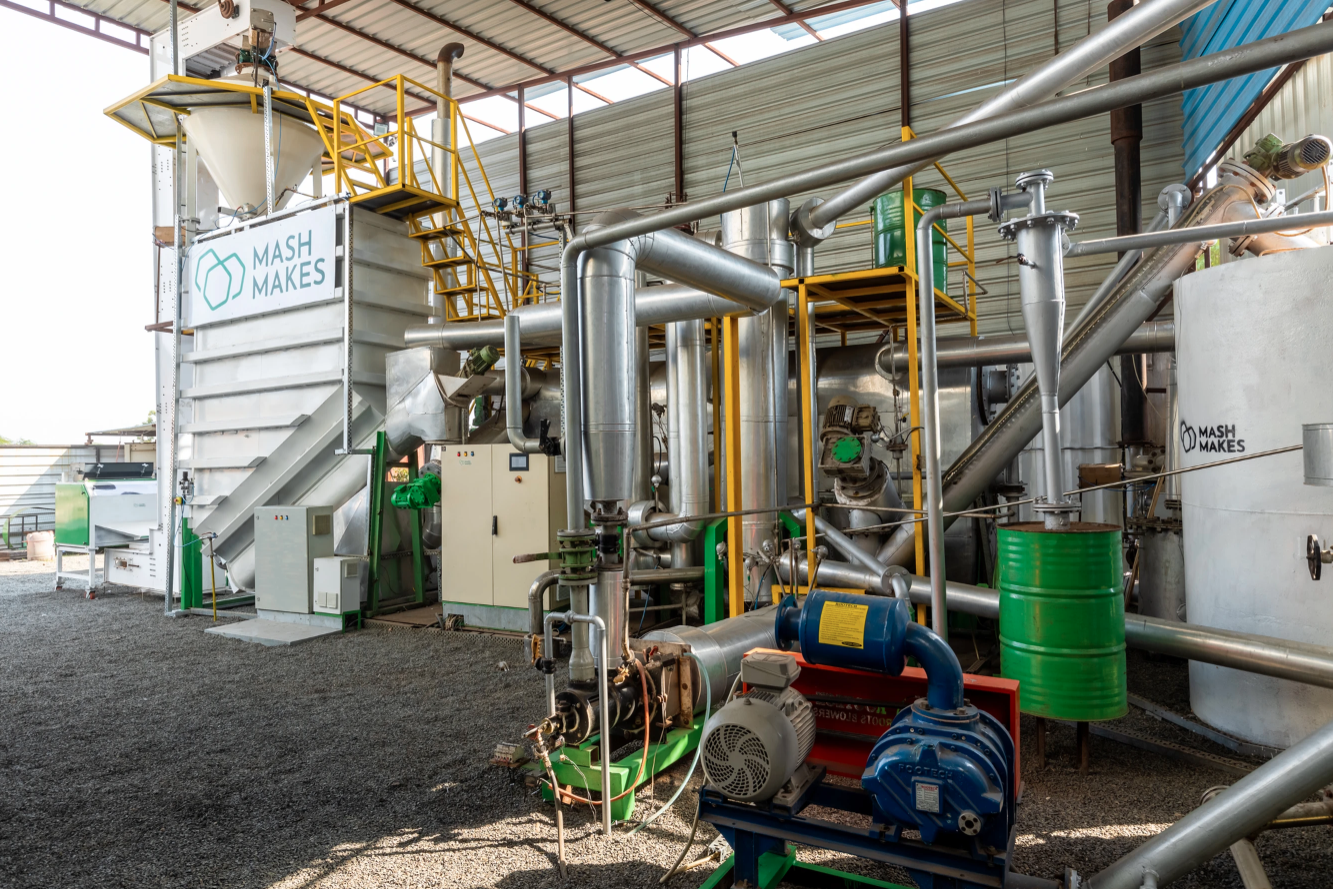




.png)

.jpg)




.png)
.png)
.png)
.png)
.png)

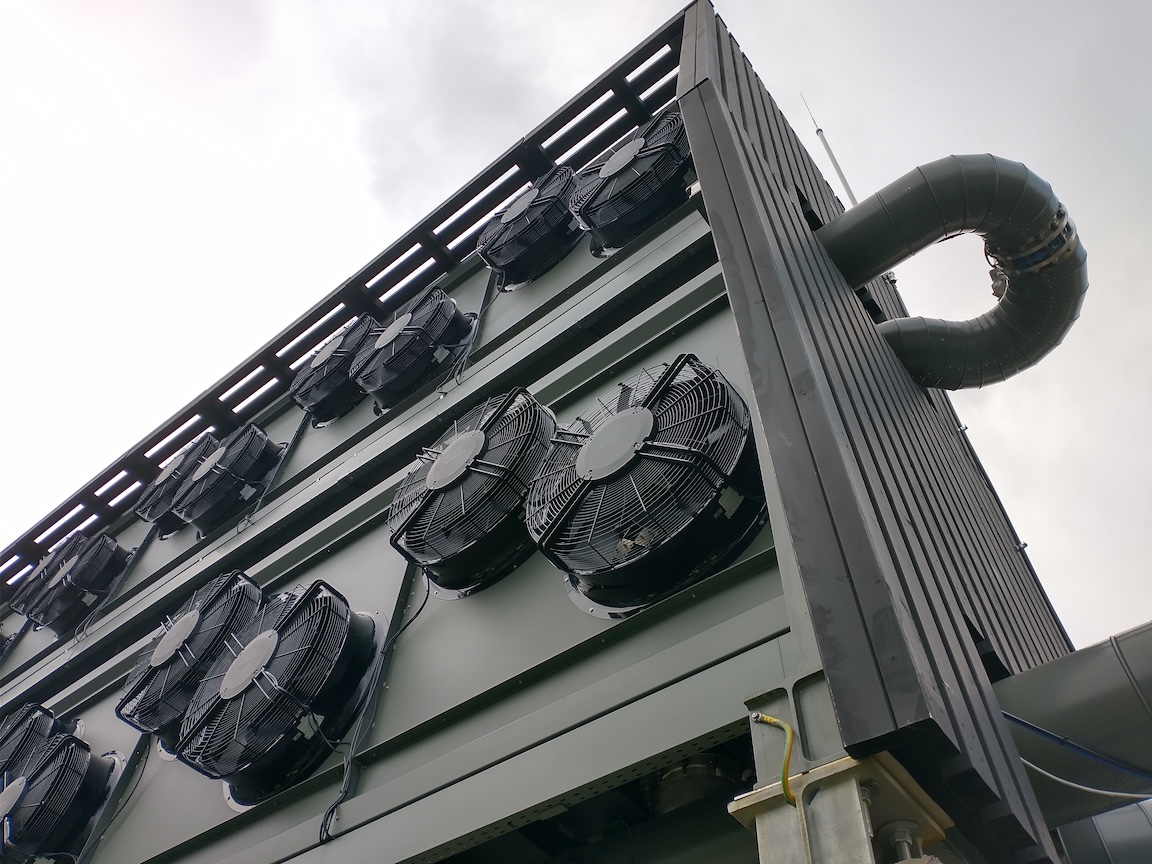
.png)


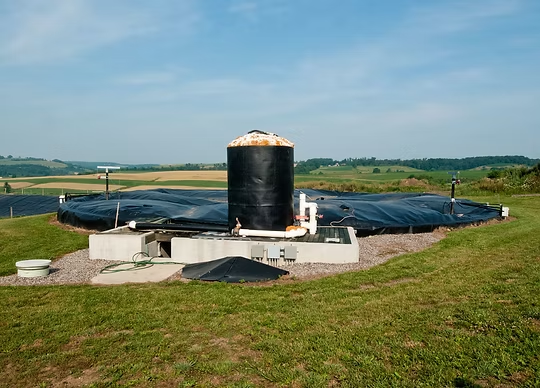
.png)



.png)
.png)
.png)
.png)
.png)
.png)




